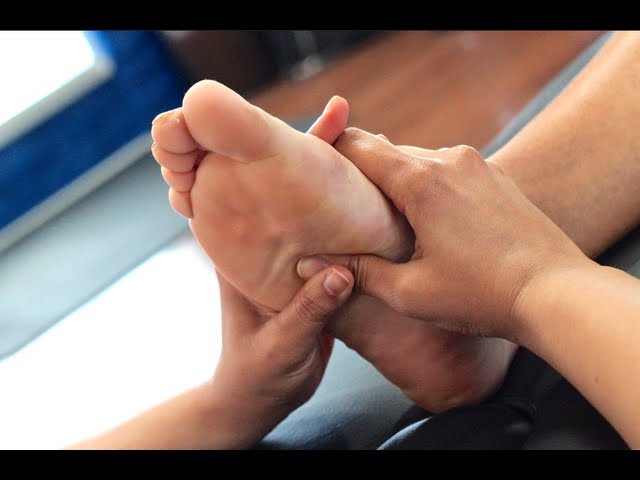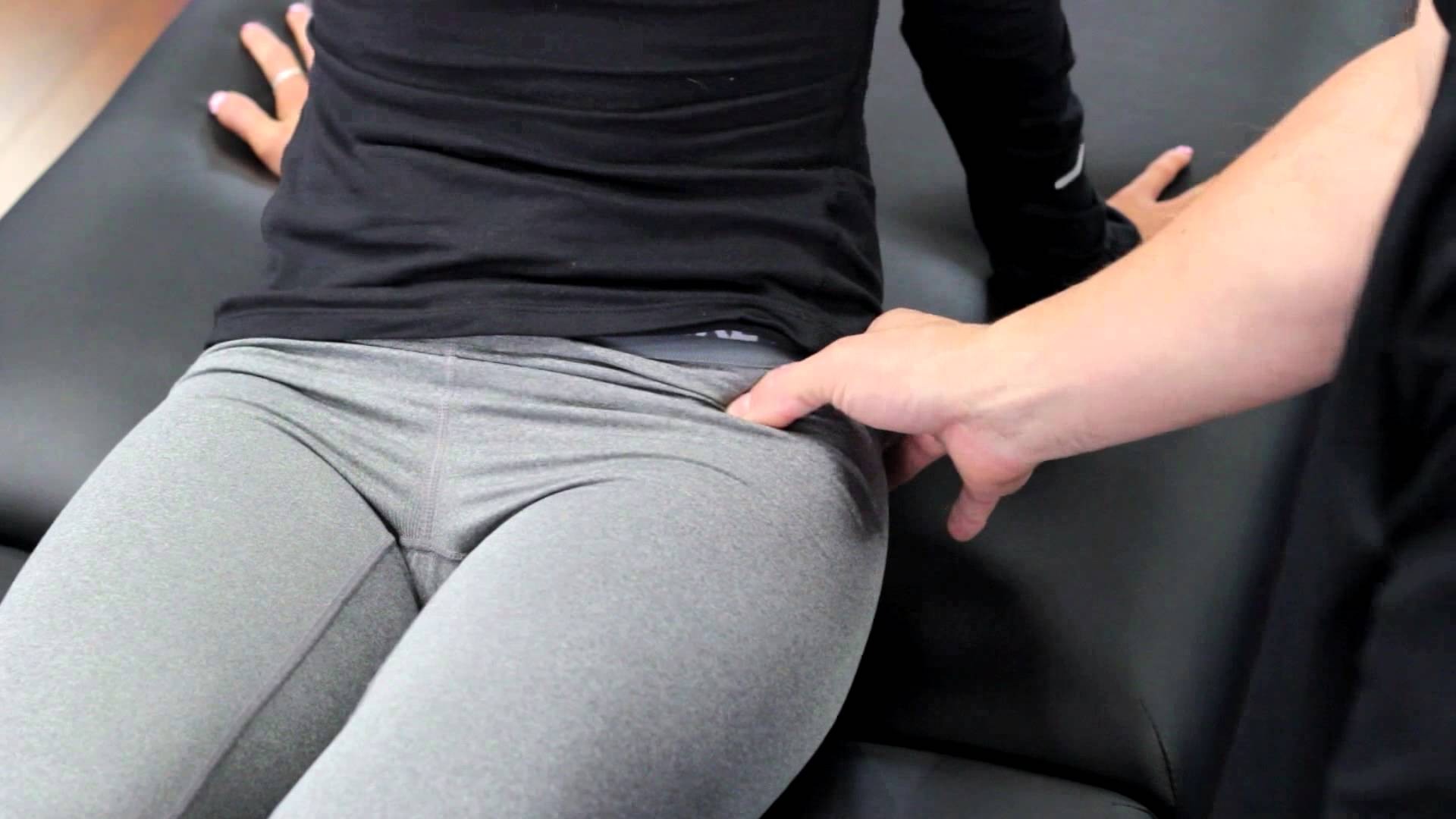http://www.P2SportsCare.com 714-502-4243
Foot Numbness is a common symptom found in runners and corporate workers alike. The cause of foot numbness can stem from many different sources.
Posterior tibial tendon dysfunction
Foot swelling from running
Posterior Compartment Syndrome
Disc herniation/rupture
Fibromyalgia syndrome
Multiple Sclerosis
Diabetes
The first thought process when a runner complains of foot numbness while running can be due to swelling of the feet while running, and if the shoe laces are too tight it can compress the vasculature leading to numbness of the foot. An acute injury, such as from a fall, can tear the posterior tibial tendon or cause it to become inflamed. The tendon can also tear due to overuse. For example, people who do high-impact sports, such as basketball, tennis, or soccer, may have tears of the tendon from repetitive use. Once the tendon becomes inflamed or torn, the arch will collapse over time. Posterior tibial tendon dysfunction, tarsal tunnel syndrome, is more common in women and in people older than 40 years of age. Additional risk factors include obesity, diabetes, and hypertension. High-impact sports can also put a lot of pressure on vertebral discs and cause a herniation or rupture. If you have a herniation or rupture of the vertebral disc, symptoms of pain and numbness that trail along the lower extremity into the foot are common.
Fibromyalgia syndrome is another cause of foot numbness. Typically found in females age 20-50 with long-term tenderness and pain in the joints and muscles. Multiple Sclerosis is an autoimmune condition that can affect women between 20-40 years of age and lead to damage of the myelin sheath of nerves, causing symptoms of muscle spasms and numbness. Diabetes is a metabolic disease found in those with elevated blood sugar levels and low blood circulation, which leads to nerve damage and eventually numbness in the hands and feet.
Vasculature in the lower extremity is intense and heavily intertwined. A general understanding of anatomy is important to diagnose the cause of the foot numbness. In an ankle joint with swelling or prior trauma, the vasculature and nerves can become quiet irritated and become inflamed. Those who have difficulty running may have a restricted joint in the lower extremity, but a majority is due to poor biomechanics from a previous overuse injury of the soft tissue.
When observing the ankle for motion, the patient may experience numbness with flexion and extension, which is a good indicator that there is some sort of restriction in the soft tissue or in the joint. To fully diagnose a foot numbness, a thorough functional assessment and foot and ankle exam must be done and in some cases imaging may be necessary. A musculoskeletal ultrasound would be ideal to view an possible damage to the underlying soft tissue of the foot and ankle. The choice of imaging for a disc is, MRI.
See more at: http://www.p2sportscare.com/2013/08/29/foot-numbness/#sthash.lNuVOYBm.dpuf
Tarsal Tunnel Syndrome, Tarsal Tunnel, numbness in foot, foot numbness, tarsal tunnel of foot, tarsal tunnel of ankle, tarsal tunnel treatment, tarsal tunnel surgery, tarsal tunnel therapy, tarsal tunnel stretch, numb foot, numb feeling outer foot, ball of foot numb, why my left foot is numb, exercises numb foot, sciatica exercises, sciatica pain, exercises for sciatica pain, sciatica pain relief, treatment for sciatica, exercises for sciatica, sciatica treatment, sciatica pain treatment, sciatica numbness of foot, foot numbness of sciatica

